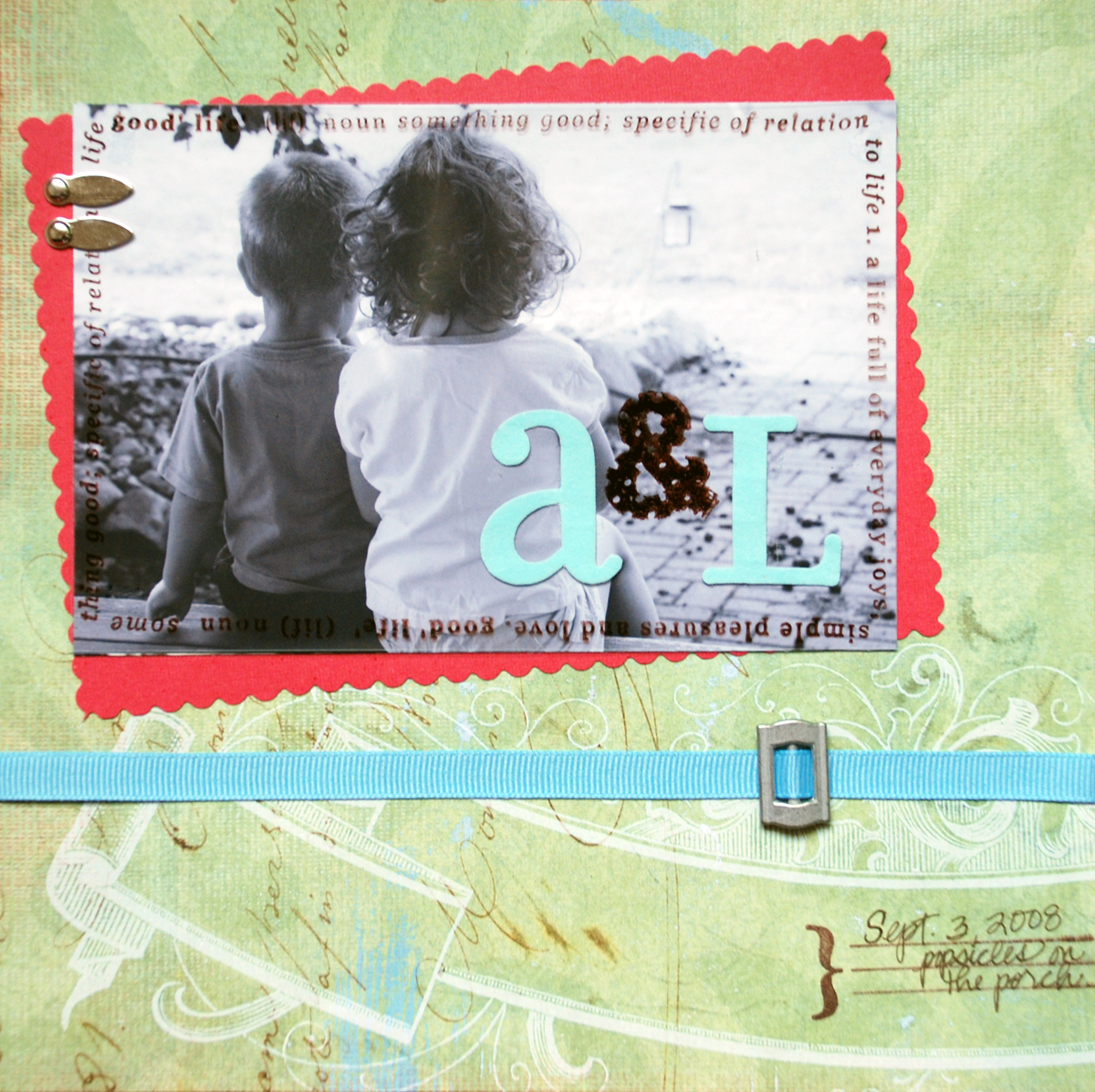The beauty of life story work
‘Life Story Work’ is the phrase those of us involved in foster care use to talk about the background and ongoing stories of a child in care. It is a term that is wide enough to include all the details relevant to the child’s family history, placement, identity and journey but gentle enough to be age appropriate. It includes the language used around explanations, responses to questions like ‘Why am I a foster kid?’ and ‘How come my mummy doesn’t love me enough to take care of me?’, and ways of teaching a child how and what they need to communicate to others about their personal story. It also involves the building up of new memories. The trick with life story work is for carers and agencies to know and understand as many details as possible about a child’s story and then be able to gradually equip the that child with information as is necessary, helpful and appropriate as time goes on.
 Life story work exists at two levels: that of the child, and that of the case file. Details at case level are likely to be fairly extensive with as much information gathered as possible pertaining to why the child is in care, the various placements that have taken place, relationships with family members, photographic records of visits and memory collection. At the child’s level life story work is tailored to the age of the child and their needs for information. Children in care often have scrapbooks, photo albums and other physical memorabilia that is collected and carried with them wherever they go. It is age appropriate and adjusts to include more detail as the child grows and is able to understand the issues at stake. It is crucial for children in care to not lose their childhood memories, especially children who are experiencing multiple placements. It is also important for children to feel they have people they can talk to about the uncertainties and confusions that regularly arise from being in care. Because of this it is important for the adults around them, carers, case-workers and other important relationships, to be active and deliberate in contributing to memory banks, encouraging communication about life story work and valuing a child’s background.
Life story work exists at two levels: that of the child, and that of the case file. Details at case level are likely to be fairly extensive with as much information gathered as possible pertaining to why the child is in care, the various placements that have taken place, relationships with family members, photographic records of visits and memory collection. At the child’s level life story work is tailored to the age of the child and their needs for information. Children in care often have scrapbooks, photo albums and other physical memorabilia that is collected and carried with them wherever they go. It is age appropriate and adjusts to include more detail as the child grows and is able to understand the issues at stake. It is crucial for children in care to not lose their childhood memories, especially children who are experiencing multiple placements. It is also important for children to feel they have people they can talk to about the uncertainties and confusions that regularly arise from being in care. Because of this it is important for the adults around them, carers, case-workers and other important relationships, to be active and deliberate in contributing to memory banks, encouraging communication about life story work and valuing a child’s background.
If you know a family who is involved in foster care here are some suggestions for ways you can support ongoing life story work that will be taking place:
* If you happen to be involved in an activity with this family (say a day at the park) and take photos, choose some of the best ones and gift them to the family. NOTE: Do NOT share photos of a child in care on social media unless you have express permission to do so.
 * Do NOT ask a child in care to show you their life story album. If they choose to share it with you, and their carers agree, then keep what you see confidential.
* Do NOT ask a child in care to show you their life story album. If they choose to share it with you, and their carers agree, then keep what you see confidential.
* Never pry a child for information about their background. Like Aslan would say (see The Horse and His Boy) that is their story, not yours.
* If you have had a close relationship (eg. a teacher or Sunday School leader) with a foster child who is moving placements write them a card, include a photo of yourself and the child (if possible), and give it to them before they move on.
And don’t forget, the idea of life story work is not just something that foster children can benefit from. Valuing a child’s background and the various journeys they take through life is something similar to parts of the Bible where narratives and song remind the people Israel where they came from, what made them special and the hope God has for their future!

Comments
The beauty of life story work — No Comments
HTML tags allowed in your comment: <a href="" title=""> <abbr title=""> <acronym title=""> <b> <blockquote cite=""> <cite> <code> <del datetime=""> <em> <i> <q cite=""> <s> <strike> <strong>